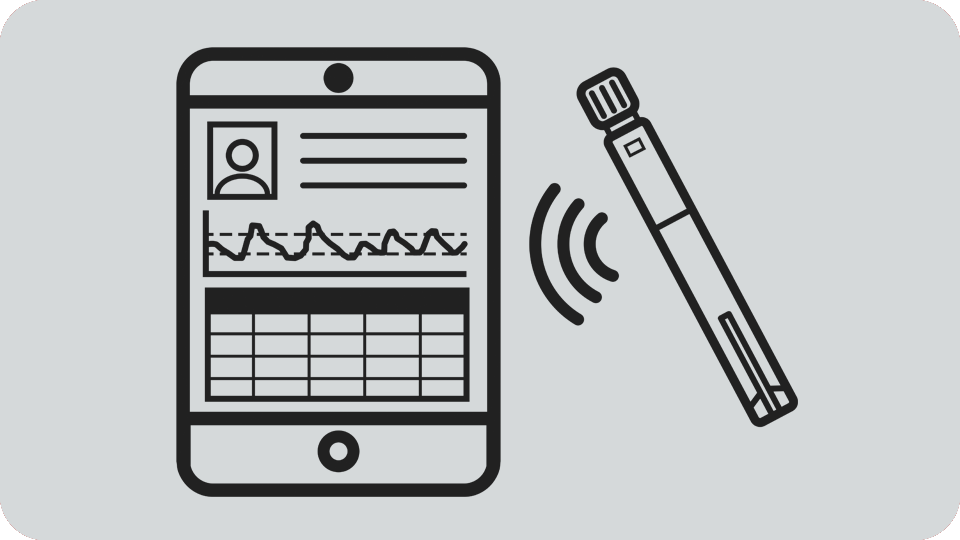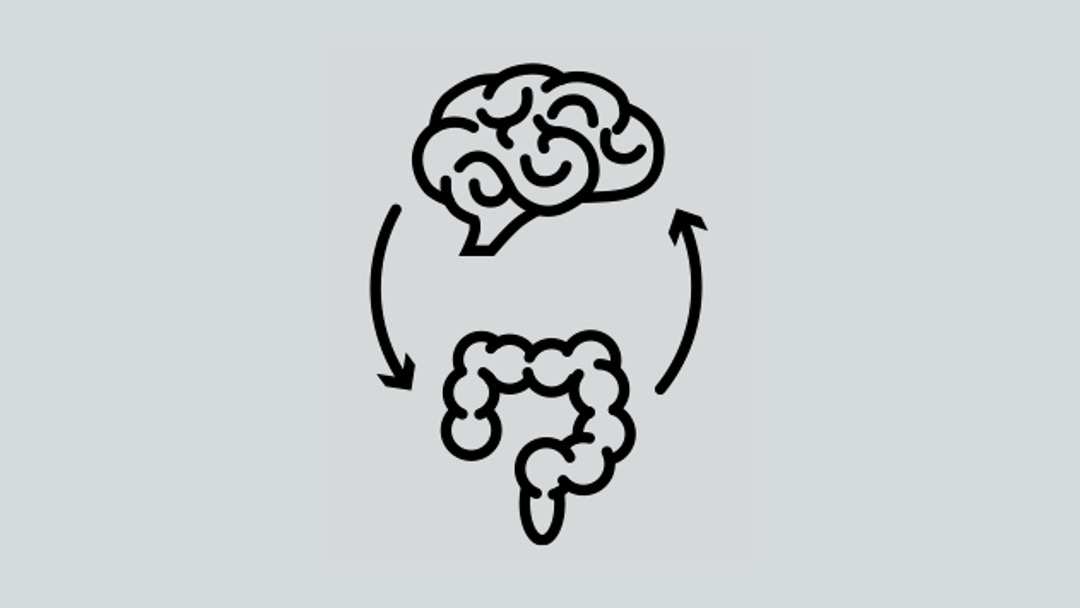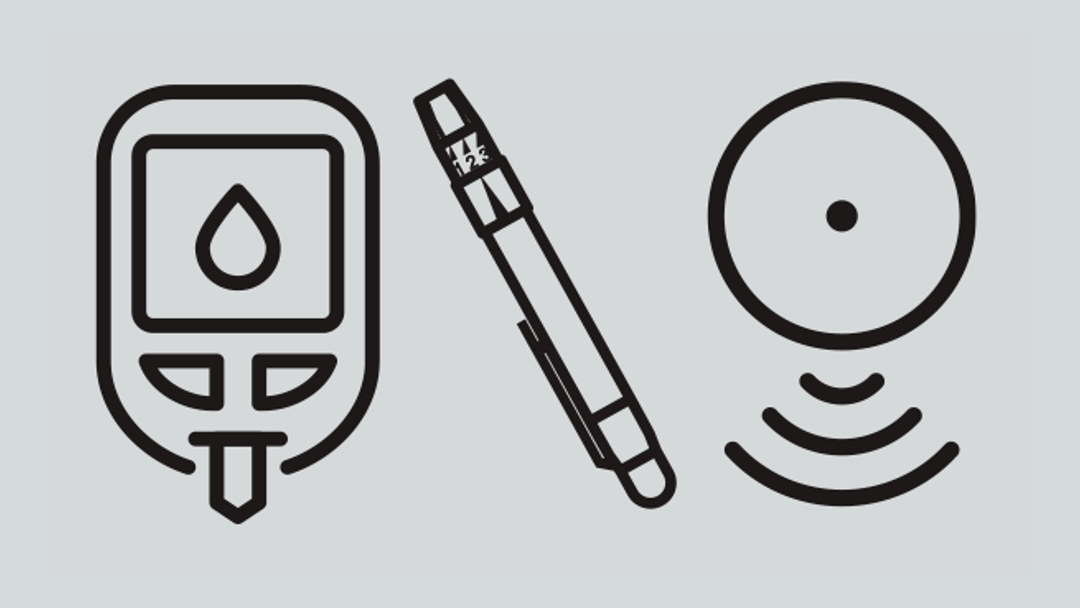Disease Education Resources
Diabetes
Explore our library of Lilly-created medical education resources.
Diabetes
Connected Insulin Pen Toolkit
Explore the Connected Insulin Pen Toolkit for resources on integrating connected insulin pen technology into your clinical practice.
Conversations in Motion - Diabetes
The Diabetes series of Conversations in Motion are validated communication techniques created by experts in patient–healthcare provider communication.
Incretin-Based Therapies
Review the gut hormones called incretins, their effect on insulin sensitivity, and how they can be leveraged to treat type 2 diabetes.
Insulin and Digital Health Tools
Better understand some of the challenges often faced by people with diabetes and how digital health tools may help to address those barriers.
Insulin Simulator Resources
Simulation practice with different insulins, insulin regimens, carbohydrate intake and activity levels using hypothetical patients.
Learn from the Experts
Hear from experts as they highlight tips for practical application of guidelines and other important elements in the management of diabetes.
Type 2 Diabetes Interactive Patient Case Studies
An interactive case study series, with expert insights from leading healthcare professionals, focusing on challenges in the management of Type 2 Diabetes.
Type 2 Diabetes Patient Case Simulation
An interactive case study for clinicians focused on achieving early glycemic control and weight management through shared decision-making
Weight Management for People With Type 2 Diabetes
Learn about the importance of weight management in treating people with type 2 diabetes and how to navigate these discussions with patients.
Patient Education Resources
Explore our library of patient based education materials to aid in HCP to patient interactions.








